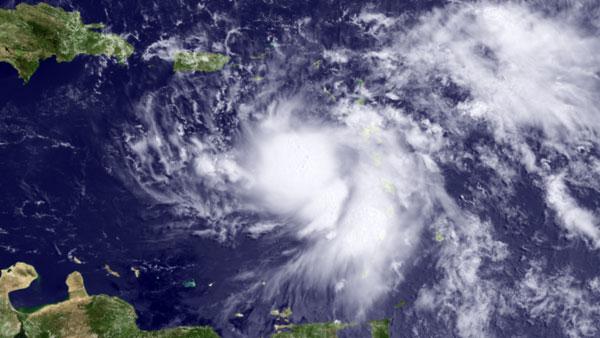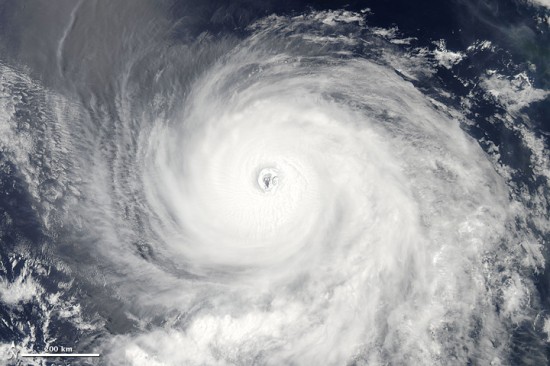NOAA increases predicted number of named storms

The following is a release from the National Oceanic and Atmospheric Administration(NOAA) on Aug. 4, 2011.
“NOAA issued its updated 2011 Atlantic hurricane season outlook today, raising the number of expected named storms from its pre-season outlook issued in May. Forecasters also increased their confidence that 2011 will be an active Atlantic hurricane season. NOAA’s Climate Prediction Center, a division of the National Weather Service, updates its Atlantic hurricane season outlook every August.
‘The atmosphere and Atlantic Ocean are primed for high hurricane activity during August through October,’ said Gerry Bell, Ph.D., lead seasonal hurricane forecaster at the Climate Prediction Center. ‘Storms through October will form more frequently and become more intense than we’ve seen so far this season.’
Key climate factors predicted in May continue to support an active season. These include: the tropical multi-decadal signal, which since 1995 has brought favorable ocean and atmospheric conditions, leading to more active seasons; exceptionally warm Atlantic Ocean temperatures (the third warmest on record); and the possible redevelopment of La Niña. Reduced vertical wind shear and lower air pressure across the tropical Atlantic also favor an active season.
Based on these conditions and on climate model forecasts, the confidence for an above-normal season has increased from 65 percent in May to 85 percent. Also, the expected number of named storms has increased from 12-18 in May to 14-19, and the expected number of hurricanes has increased from 6-10 in May to 7-10.

Across the entire Atlantic Basin for the whole season – June 1 to November 30 – NOAA’s updated seasonal outlook projects, with a 70 percent probability, a total of:
– 14 to 19 named storms (top winds of 39 mph or higher), including:
– 7 to 10 hurricanes (top winds of 74 mph or higher), of which:
– 3 to 5 could be major hurricanes (Category 3, 4 or 5; winds of at least 111 mph)
These ranges are indicative of an active season, and extend well above the long-term seasonal averages of 11 named storms, six hurricanes and two major hurricanes.
The Atlantic basin has already produced five tropical storms this season: Arlene, Bret, Cindy, Don and Emily. All eyes this week are on Emily, which continues to develop and move towards the United States.
The last hurricane to make landfall in the United States was Ike in 2008. Last year saw above-normal hurricane activity, but none made landfall in the United States. August through October are peak months of the Atlantic hurricane season, and FEMA urges people not to be lured into a false sense of security by the lack of hurricanes so far this year.
NOAA’s mission is to understand and predict changes in the Earth’s environment, from the depths of the ocean to the surface of the sun, and to conserve and manage our coastal and marine resources.
AccuWeather.com’s 2011 Atlantic Hurricane Season Forecast

Commenting rules and guidelines
We value the thoughts and opinions of our readers and welcome healthy discussions on our website. In order to maintain a respectful and positive community, we ask that all commenters follow these rules:
We reserve the right to remove any comments that violate these rules. By commenting on our website, you agree to abide by these guidelines. Thank you for helping to create a positive and welcoming environment for all.